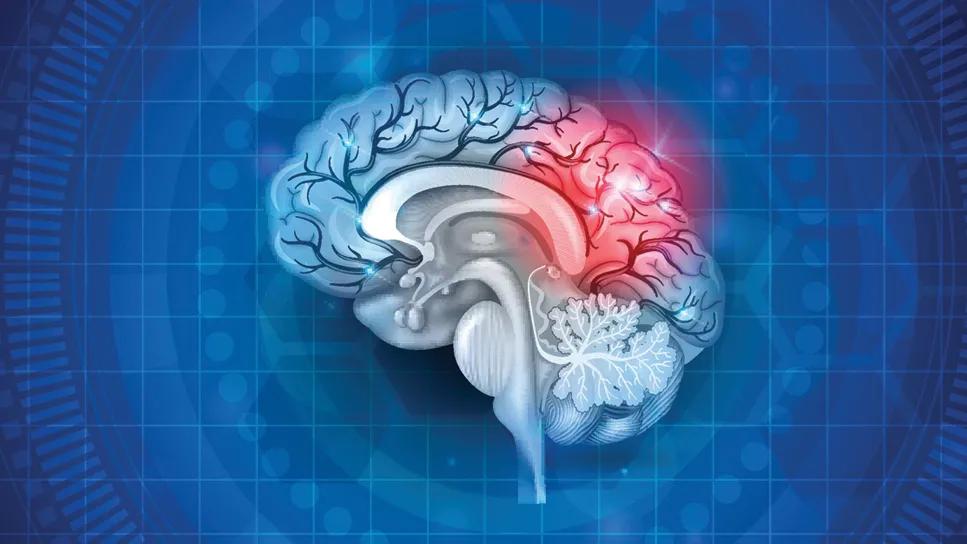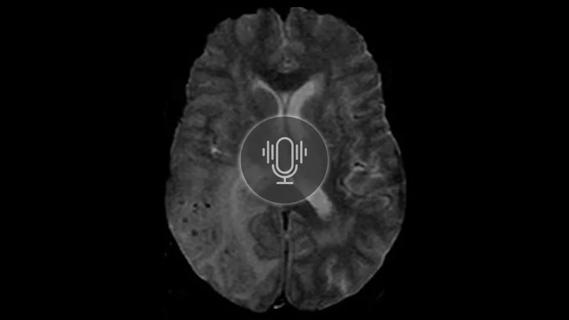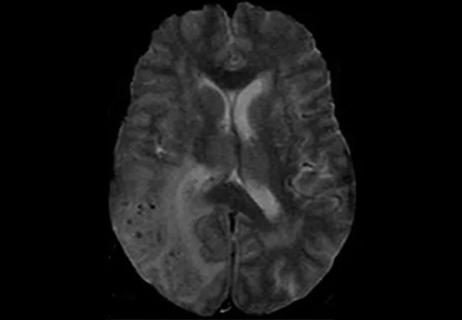Cleveland Clinic researchers collaborate with Microsoft to create a product ready for the field

Cleveland Clinic, in collaboration with Microsoft, has received a three-year, $3.4 million grant from the Congressionally Directed Medical Research Programs (CDMRP) to enhance software designed to detect military concussive brain injury and assist in assessing a service member’s readiness to return to duty.
Advertisement
Cleveland Clinic is a non-profit academic medical center. Advertising on our site helps support our mission. We do not endorse non-Cleveland Clinic products or services. Policy
The tool is Troop Readiness Evaluation with Augmented Reality Return-to-Duty (READY). A team led by Jay Alberts, PhD, received an initial grant in 2019 to develop Troop READY, which uses the Microsoft HoloLens2 augmented reality (AR) platform to create realistic scenarios for return-to-duty assessments that test a service member’s motor and cognitive skills after mild traumatic brain injury (mTBI).
The CDMRP is a global biomedical research funding organization within the Department of Defense. The grant will fund preparations for Troop READY to be a commercially viable product that meets federal requirements for potential purchase and use throughout the military.
Concussion is the most common military-related brain injury and is typically difficult to diagnose and treat. It is critical that service members who experience concussion are appropriately vetted before returning to duty to ensure the safety of themselves and others.
“Right now, it’s essentially a guessing game to determine when they’ll be ready to return to duty,” Dr. Alberts explains. “As a scientist, I knew this presented an opportunity to improve this process through the creation of a tool that provides objective and quantitative data to medical personnel and commanding officers to facilitate communication and make the best-informed decision about a service member's readiness. We’re talking about life-or-death situations. There should be no guessing involved.”
Dr. Alberts has developed similar AR-based tests and tools for Parkinson’s disease assessment and treatment.
Advertisement
“There are lot of similarities, if you think about, it from a concussion perspective. Individuals experiencing concussion report being slow, individuals affected by Parkinson's are bradykinetic,” he says. “Both patient pools also have information processing problems. So while the pathology is different, there are many similar symptoms and effects of the conditions.”
A common method to test readiness post-concussion involves the service member using a computer to take the Automated Neuropsychological Assessment Metrics (ANAM) test, which assesses cognitive function, including attention, memory and thinking ability.
Dr. Alberts doesn’t have a military background, so he consulted a variety of sources for the project. During these discussions, he learned that military officers are frequently in situations where a service member is cleared for duty through computer tests, but the commanding officers don’t trust that the data reliably reflects the service member’s readiness to act as part of the unit. Computer testing does not replicate the stress service members experience or the physical and cognitive requirements of activities they may conduct, Dr. Alberts says. The Troop READY team’s goal was to create more objective and realistic scenarios.
“A soldier’s commanding officer wants to be sure that, post-concussion, a soldier can move fast, make decisions under immense pressure and stress, all while effectively communicating with their fellow soldiers and watching each other’s backs,” Dr. Alberts says. “It was imperative that my lab created a tool that could provide a level of nuanced data reflecting these skills that they weren’t getting from a computerized test.”
Advertisement
An AR headset captures the service member's movement data through sensors that feed into the Troop READY software. Participants are then guided through scenarios they would typically encounter in the field, which progressively test different aspects of cognitive and physical performance, including:
Simulated room breaches also test decision-making and communication skills to assess how a soldier will operate within their team during this high-stress situation. During the four-person room-breach module, the AR software simulates the door being breached. The service member enters the room with three digital avatars and must clear the room as part of this team under four different scenarios. The Troop READY software collects data on how the service member communicates with team members and monitors performance when the avatar makes an error.
Medical professionals and commanding officers can play back the footage, analyze the service member's performance and identify any problems.
“Ultimately, a human will make the final decision about a soldier’s readiness to return to duty, but they will now be equipped with objective data that reflect that soldier’s performance in highly specific and nuanced situational assessments, which far surpasses the data obtained from the traditional testing methods,” Dr. Alberts explains. “Our AR scenarios are highly customizable in a way that’s just impossible to replicate in a physical training facility.”
Advertisement
Proof-of-concept testing was done with 157 healthy service members at Fort Moore, Ga. Next, Dr. Alberts’s team will work to improve the device and the software to test with another group from Fort Moore. This group will include healthy service members and those having experienced concussion.
The team is collaborating with Microsoft to integrate the accumulated data into the military’s cloud system, which is a critical first step to deploying it to the military environment. The next stage of development will include easy-to-understand guidelines for interpreting the data collected through the Troop READY software. The Alberts lab will use AI to create a predictive model to make recommendations for follow-up care based on an individual service member's results. The lab will be working with neurologist Andrew Russman, DO, to develop these programs and guidelines.
“This predictive mapping tool will enable a soldier’s medical practitioner and commanding officer to be more prescriptive with the potential next steps they sketch out to rehabilitate and improve readiness for return to duty. Hopefully, the guessing game will be in the past,” Dr. Alberts says.
The work was supported by the Assistant Secretary of Defense for Health Affairs endorsed by the Department of Defense, in the amount of $3,491,232, through the Traumatic Brain Injury and Psychological Health Research Program under Award No. HT9425-24-1-1109.Opinions, interpretations, conclusions and recommendations are those of the author and are not necessarily endorsed by the Assistant Secretary of Defense for Health Affairs or the Department of Defense.
Advertisement
Advertisement

Exploring new tools and techniques to improve the diagnosis and treatment of concussions.

Training, tools and resources lead to safer, more compassionate care

New research sheds light on a potentially devastating condition that is reversible when properly managed

Vigilant MRI evaluation needed for prompt care of potentially reversible inflammation, study finds

New guidelines from Brain Trauma Foundation urge early and aggressive treatment

Machine learning study associates discrete neuropsychological testing profiles with neurodegeneration

Promising preclinical research indicates functional motor recovery is durable

Case report of a young man with severe traumatic brain injury and cognitive deficits